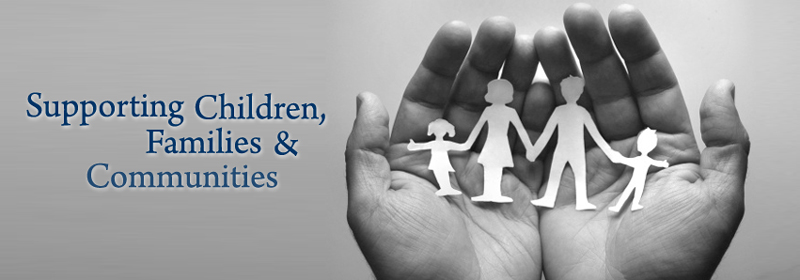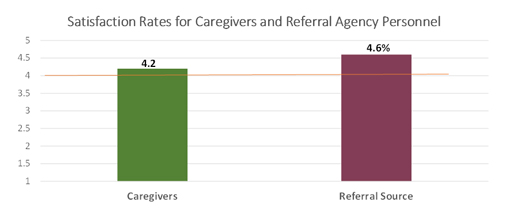
The Circle of Security® Network Success 2013-2014
The network’s assessment and intervention protocols have been scientifically developed and tested . The assessment yields family-specific goals that are incorporated into the service plan. The service plan guides the step-by-step movement through the intervention phases, and identifies specific treatment goals within each phase as well as overall lynchpin issues. In addition to the intervention goals, the program promotes collaboration with community agencies and other service providers to create comprehensive treatment plans to meet families’ therapeutic needs.
80% Success Rate for referring agency and family goals
- Maintain a child’s placement in a birth/foster/adoptive home
- Support a smooth transition from residential treatment to home
- Determine whether or not a current placement can/should be maintained
Over 90% of Parents/Caregivers Demonstrate Improvement

Consistent Findings with Published Data
Published research on the Circle of Security® Intervention indicates that it is an effective intervention for reducing disorganized and insecure attachment in young children, and has little or no likelihood of negative side effects. A study of the attachment classifications of high-risk children in Head Start whose parents participated in a 20-week Circle of Security® intervention group found that approximately 70% of the children originally classified with a disorganized high-risk pattern shifted to organized lower-risk patterns by the end of the protocol. In addition, 75% of those who shifted to an organized pattern moved to a secure classification, which is the healthiest child attachment pattern. This is in contrast to studies of low-income community samples in which the disorganized patterns have a stability rate greater than 70% without intervention. Finally, of the 13 children classified at the beginning as secure, only 1 shifted to an insecure pattern, and this stability rate for the secure classification is higher than that found in longitudinal studies of attachment.
Hoffman, KT, Marvin, RS, Cooper, G, & Powell, B. (2006). Changing toddlers’ and preschoolers’ attachment classifications: The Circle of Security Intervention. Journal of Consulting & Clinical Psychology, 74, 1017-1026.
High Satisfaction from Parents and Referral Sources (4.2/5 & 4.6/5)

Average length of services
The goal for average length of service is dependent on the complexity of the case:- The goal is 9-12 months in the absence of unresolved trauma or loss for either parent, stable marriage/relationship, parent able to meet twice a week/high level of parental participation, generally successful parenting history, minor crisis situations, ease of engagement in therapeutic alliance, and high parental motivation.
- The goal is 16-20 months when there is significant unresolved trauma or loss for either parent, current or recent crisis or disruption within family, emotion or behavior regulation difficulties by parents, history of severe or long-term abuse of child, multigenerational pattern of dysfunction in familial relationships, and/or need for long time period for parent to develop trust in the therapist and intervention.